Deep in the savannas and grasslands of northern Australia, a remarkable avian behavior has captured the attention of scientists and Indigenous knowledge keepers alike. Several species of raptors have been observed intentionally spreading wildfires to flush out prey—a behavior so extraordinary it seems almost mythical. Known colloquially as “firehawks,” these birds have developed a hunting strategy unlike any other in the animal kingdom, demonstrating a sophisticated understanding of fire as a tool. This article explores the fascinating phenomenon of birds that deliberately harness the destructive power of fire to create hunting opportunities, examining the evidence, ecological implications, and cultural significance of these feathered pyromaniacs.
The Firehawks: Identifying Australia’s Pyromaniac Birds
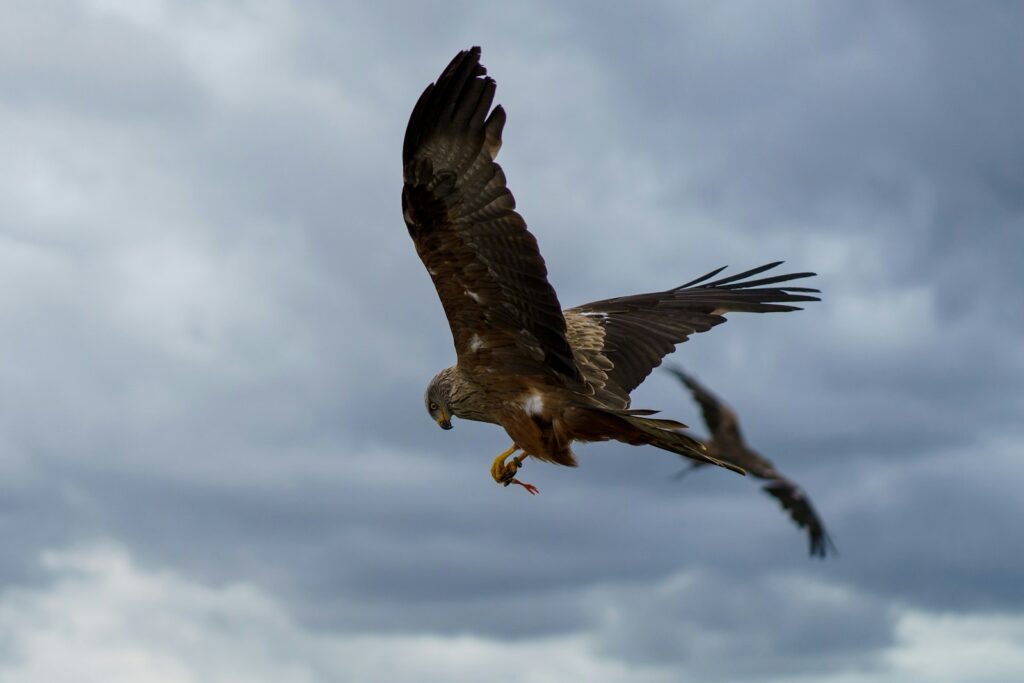
Three primary raptor species in Australia have been documented engaging in fire-spreading behavior: the Black Kite (Milvus migrans), Whistling Kite (Haliastur sphenurus), and Brown Falcon (Falco berigora). These medium to large-sized birds of prey are common throughout Australia’s tropical and subtropical regions, particularly in the northern territories, where seasonal fires are a natural part of the ecosystem. Black Kites, the most numerous of the three, are distinguished by their soaring flight patterns and slightly forked tails. Whistling Kites, named for their distinctive whistling call, possess broader wings and a more rounded tail. Brown Falcons, meanwhile, are stockier hunters with powerful talons and keen eyesight. While physically different in appearance, these three species share an extraordinary behavioral adaptation that sets them apart from other raptors worldwide.
The Extraordinary Fire-Spreading Behavior
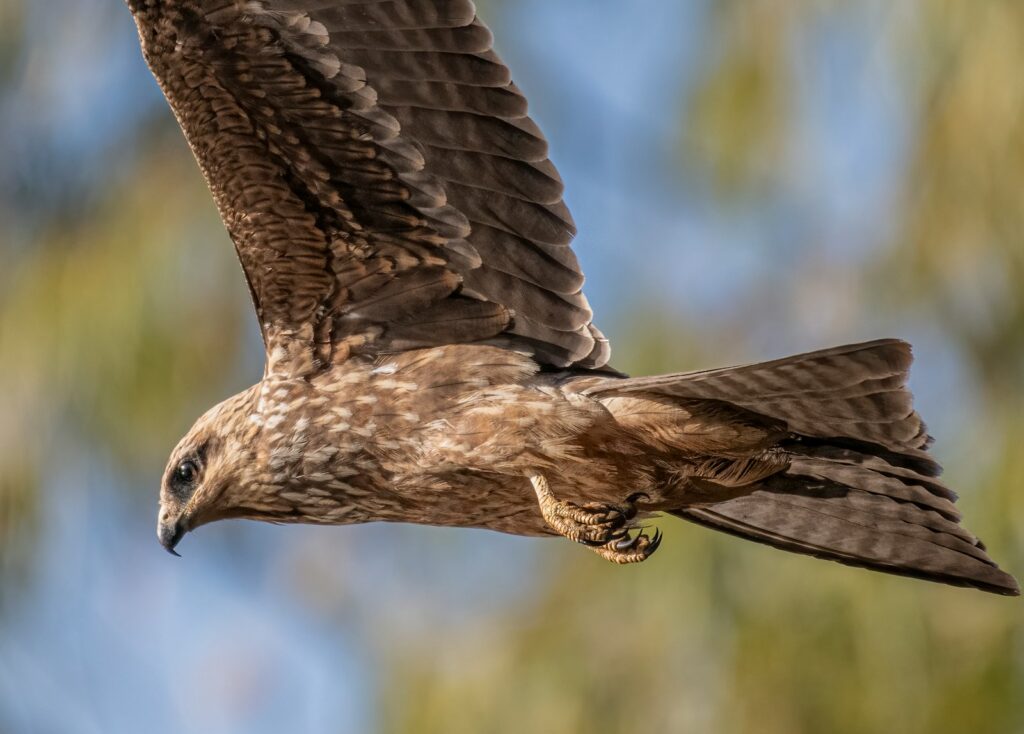
The fire-spreading behavior of these raptors involves a deliberate and coordinated strategy. When a wildfire breaks out naturally, these birds gather near the fire front, watching for fleeing prey and feeding opportunities. What makes their behavior truly remarkable is their next step: they have been observed picking up smoldering sticks or burning vegetation in their talons or beaks, flying up to 50 meters away from the original fire, and dropping these burning materials into unburnt areas. This intentional transport of fire creates new spot fires, effectively expanding the fire front and increasing the chaos that drives prey animals into the open. Observers have noted that these birds appear selective about where they drop embers, targeting dry grass patches that will readily catch fire and create maximum disruption for potential prey.
Scientific Documentation and Evidence

While Indigenous Australians have known about this behavior for thousands of years, formal scientific documentation is relatively recent. In 2018, a comprehensive study published in the Journal of Ethnobiology compiled observations from Aboriginal rangers, firefighters, and scientists, confirming the intentional fire-spreading behavior of these raptors. The research team, led by ethnobiologist Mark Bonta and ecological anthropologist Robert Gosford, collected over 20 credible, independent accounts of birds carrying burning sticks to start new fires. Video evidence, though limited due to the dangerous conditions in which this behavior occurs, has also been captured showing birds grasping and transporting burning materials. These scientific confirmations marked a significant milestone in understanding this phenomenon, moving it from the realm of folklore into accepted scientific knowledge.
Aboriginal Knowledge and Cultural Significance
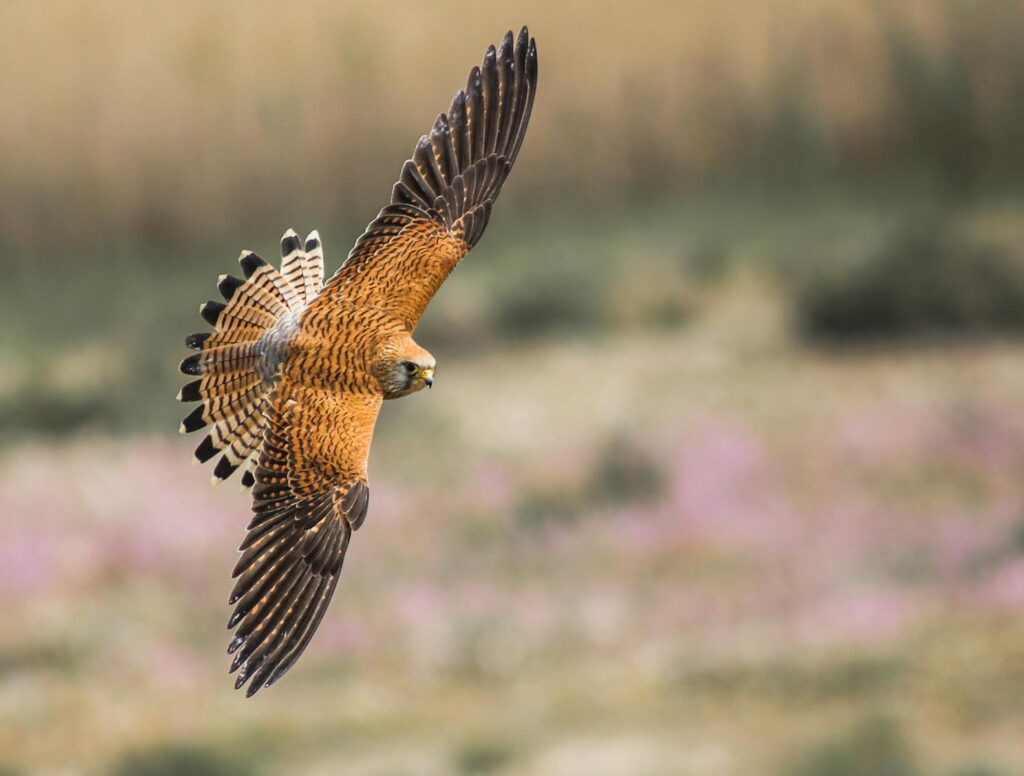
Long before Western scientists confirmed the existence of fire-spreading birds, Aboriginal Australians had incorporated this knowledge into their cultural understanding of the landscape. In numerous Aboriginal languages, there are specific terms for birds that steal fire or spread fire, indicating the deep cultural awareness of this behavior. The Yarrungkanyi and Walpiri people of the Northern Territory, for example, include these birds in their sacred fire ceremonies and creation stories. Aboriginal rangers have provided some of the most detailed accounts of this behavior, noting that these birds are not merely opportunistic but appear to coordinate their actions in groups. This traditional ecological knowledge represents thousands of years of observation and understanding, predating scientific documentation by millennia and offering invaluable insights into this complex ecological relationship.
The Hunting Advantage: Why Fire Works
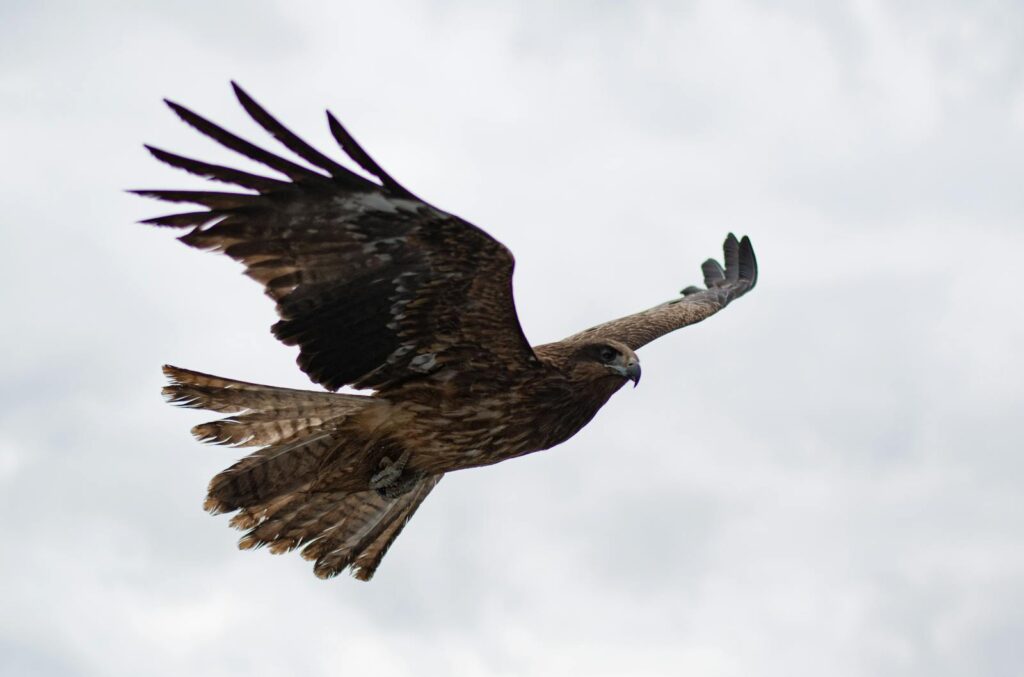
The fire-spreading strategy provides these raptors with a significant hunting advantage in several ways. First, the advancing fire front causes insects, small mammals, reptiles, and other birds to flee in panic, making them more visible and vulnerable to aerial predators. The smoke and heat disorient prey animals, reducing their ability to detect predators or find escape routes. Additionally, the aftermath of a fire leaves an open landscape where surviving prey has little cover, creating prime hunting conditions that can last for days as the birds pick through the charred remains for injured animals or those that perished in the flames. Research suggests that these firehawks can increase their hunting success rate by up to 75% when employing this strategy compared to conventional hunting methods, explaining why such a complex behavior would evolve and persist.
Cognitive Implications: Bird Intelligence and Tool Use
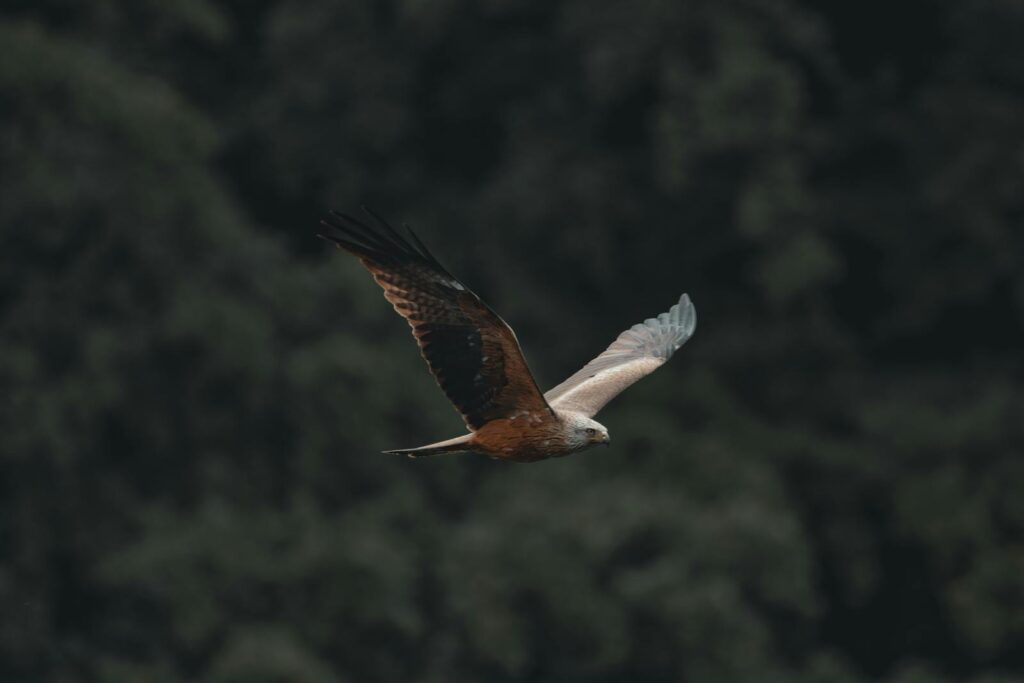
The deliberate spreading of fire represents one of the most sophisticated examples of tool use in the avian world. This behavior requires multiple cognitive abilities: recognizing that fire can flush out prey, understanding that fire can be transported and will spread when introduced to new fuel sources, and potentially coordinating with other birds for maximum effectiveness. Cognitive scientists suggest this demonstrates a level of causal understanding previously underestimated in birds. Unlike simple tool use, where an immediate cause-and-effect relationship exists, fire-spreading involves anticipating a complex chain of events that will ultimately lead to a hunting advantage. This places these Australian raptors alongside crows, parrots, and certain primates in terms of cognitive capabilities, challenging our understanding of animal intelligence and the evolutionary pathways that lead to complex tool use.
Ecological Role in Australia’s Fire-Dependent Ecosystems
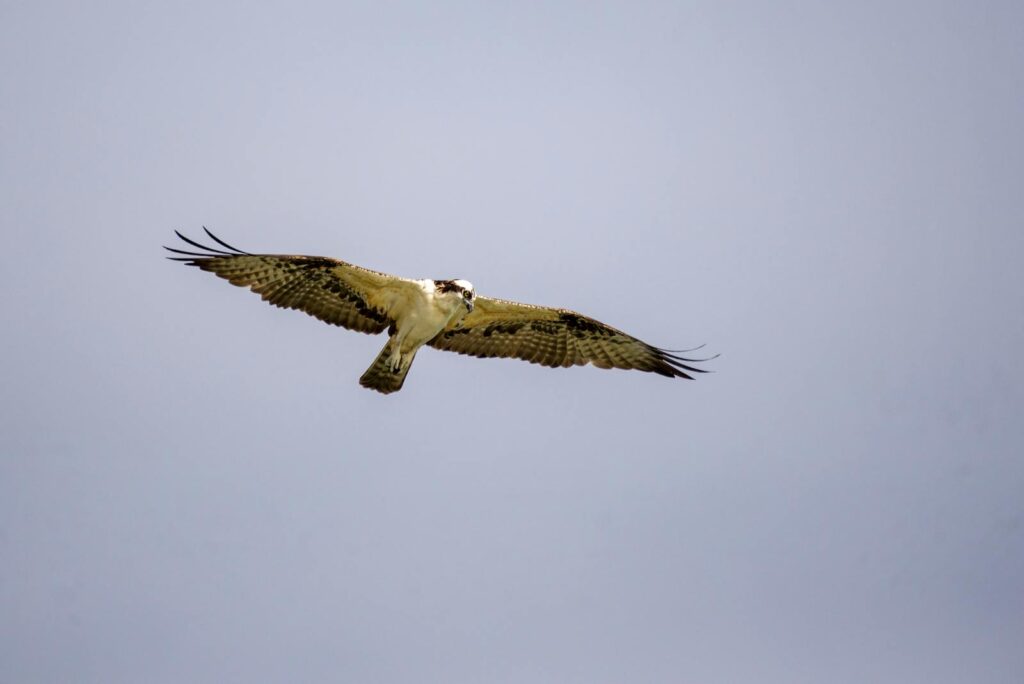
Australia’s landscapes have evolved with fire as a natural ecological process for millions of years, with many plant species depending on regular burning for seed germination and renewal. The fire-spreading behavior of these birds represents an interesting example of how animals can influence fire regimes, potentially altering the pattern and frequency of fires in certain habitats. By starting spot fires ahead of main fire fronts, these birds may increase the patchiness of burnt areas, creating a more diverse post-fire landscape that benefits a wider range of species. Some ecologists hypothesize that this behavior may have played a role in shaping Australia’s fire-adapted ecosystems over evolutionary time, though the full extent of this influence remains a subject of ongoing research. Understanding these complex interactions becomes increasingly important as climate change alters fire frequency and intensity across the continent.
Evolutionary Origins: How Did This Behavior Develop?
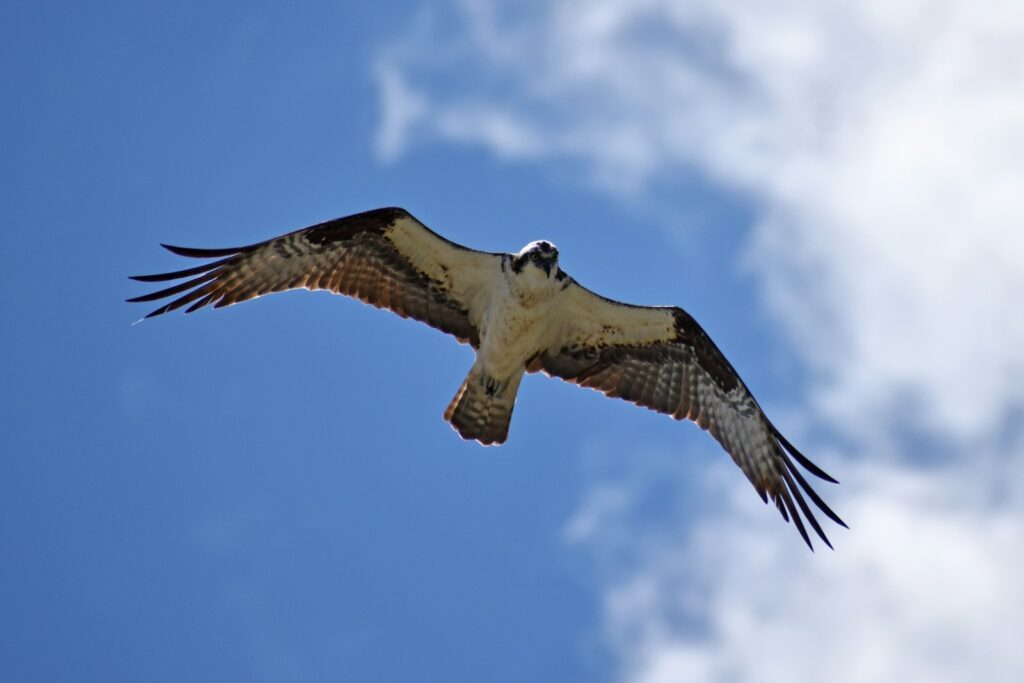
The evolutionary pathway that led to fire-spreading behavior likely began with birds simply following naturally occurring fires to take advantage of fleeing prey, a behavior observed in many raptor species worldwide. Over time, natural selection would favor individuals who developed strategies to maximize hunting success around fires. The transition to actively spreading fire probably emerged gradually, perhaps beginning with birds accidentally dropping burning material while attempting to catch prey near fire edges. Those who recognized the resulting hunting opportunities would repeat the behavior intentionally. Genetic studies suggest that these three Australian raptor species diverged from common ancestors between 5-15 million years ago, during a period when Australia was becoming progressively drier and fire was becoming more prevalent in the landscape. This timeline suggests the behavior may have evolved independently multiple times or emerged in a common ancestor and persisted in these three species.
Global Perspectives: Fire Birds Beyond Australia
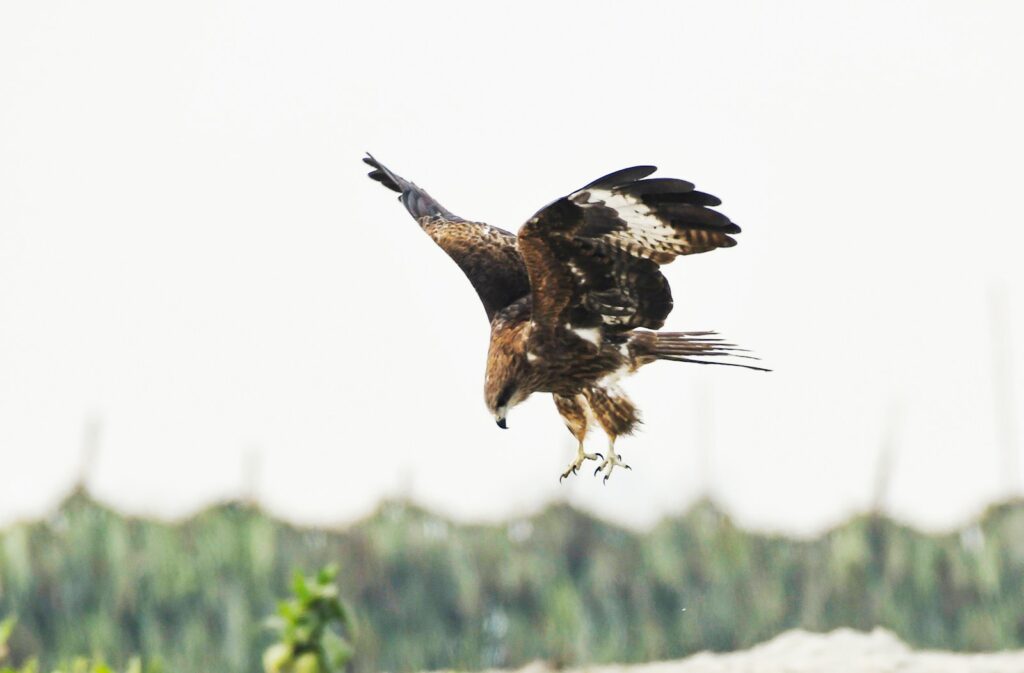
While the Australian raptors provide the most well-documented cases of intentional fire-spreading, there are intriguing reports of similar behaviors in other parts of the world. In the grasslands of Africa, certain birds of prey have been observed following fires and potentially transporting burning materials, though these accounts lack the scientific verification of the Australian examples. Native American oral traditions from several tribes contain references to birds spreading fire, particularly in the fire-prone regions of the American Southwest. In South America’s Pantanal wetlands, local reports suggest that caracaras may engage in fire-spreading during the dry season. These global perspectives raise the possibility that fire-spreading by birds may be more widespread than currently recognized, particularly in ecosystems where natural fires are common and birds of prey have had evolutionary time to adapt to these conditions.
Conservation Implications in a Changing Climate
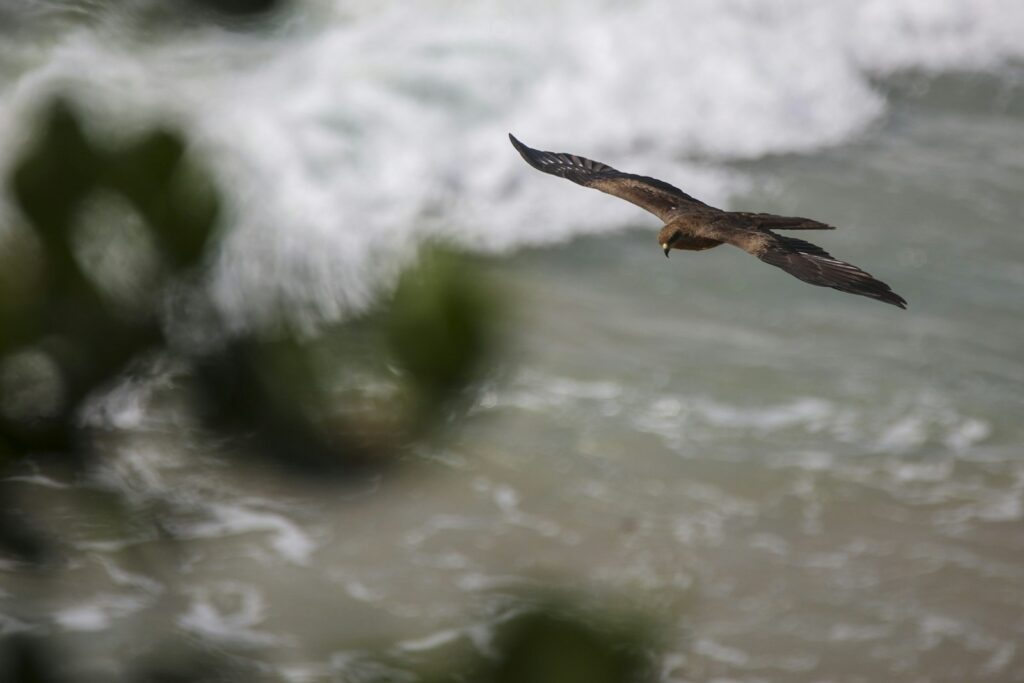
As climate change increases the frequency and intensity of wildfires globally, the relationship between fire-spreading birds and landscape management becomes increasingly complex. In Australia, where catastrophic bushfires have become more common, the potential for raptors to spread fire presents both challenges and opportunities for fire management. Fire authorities now sometimes factor the possibility of bird-spread spot fires into their containment strategies, particularly in northern Australia. Conservation efforts must consider how changing fire regimes might impact these birds’ hunting success and population dynamics. Conversely, understanding how these birds use fire could provide insights for conservation-focused burning practices that maintain ecosystem health. As climate change alters traditional fire patterns, the adaptive behaviors of these birds may serve as indicators of ecosystem resilience and change.
Research Challenges and Future Directions
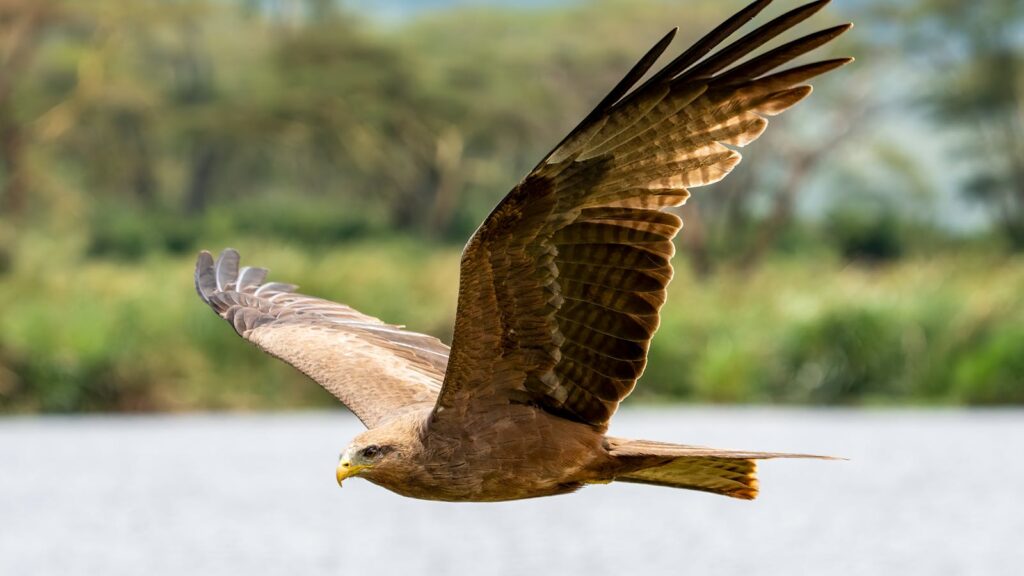
Studying fire-spreading behavior presents significant methodological challenges for researchers. The unpredictable and dangerous nature of wildfires makes controlled observation difficult, while ethical considerations prevent experimental approaches that would involve intentional burning. Modern technologies are beginning to overcome some of these obstacles, with researchers deploying heat-resistant camera traps and drones to document bird behavior around fire fronts more safely. GPS tracking of individual birds is providing insights into movement patterns during fires, while advanced genetic studies aim to determine if fire-spreading tendencies have a heritable component. Future research directions include investigating whether different populations of these birds show varying propensities for fire-spreading, how climate change is affecting this behavior, and whether other raptor species worldwide exhibit similar adaptations that have gone undocumented.
The Cultural Impact: From Mythology to Modern Science

The fire-spreading birds occupy a unique position at the intersection of science, Indigenous knowledge, and cultural mythology. These birds feature prominently in Aboriginal Dreamtime stories, where they often appear as clever tricksters or fire-bringers, similar to Prometheus in Greek mythology. When Western science finally confirmed what Indigenous Australians had always known, it represented an important moment of convergence between different knowledge systems. This case has become a powerful example of the value of traditional ecological knowledge in contemporary scientific understanding. The story of the fire hawks has captured public imagination globally, featured in documentaries, nature programs, and educational materials. Their behavior challenges our assumptions about animal cognition and reminds us that remarkable adaptations can emerge when species evolve in close relationship with natural processes like fire.
Conclusion: Nature’s Most Surprising Pyromaniacs
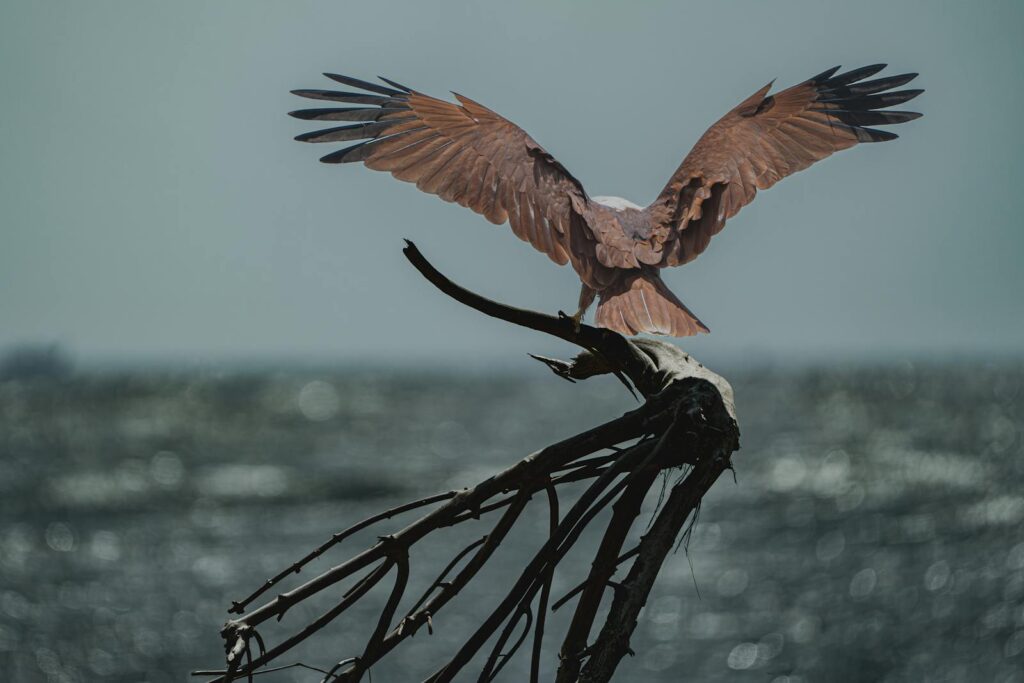
The fire-spreading raptors of Australia represent one of the most extraordinary examples of behavioral adaptation in the natural world. By harnessing fire as a hunting tool, these birds demonstrate cognitive abilities and ecological influence far beyond what was previously attributed to avian species. Their behavior bridges Indigenous knowledge and scientific understanding, while raising fascinating questions about the co-evolution of species with natural processes like fire. As climate change transforms fire regimes globally, these remarkable birds may help us better understand the complex relationship between fire, wildlife, and ecosystems. The firehawks remind us that even after centuries of scientific inquiry, nature still holds astonishing secrets waiting to be fully understood, and that ancient traditional knowledge often pointed to these secrets long before modern science caught up.
